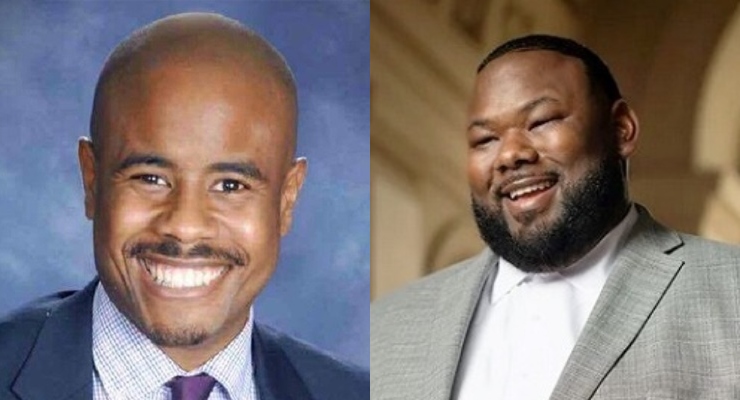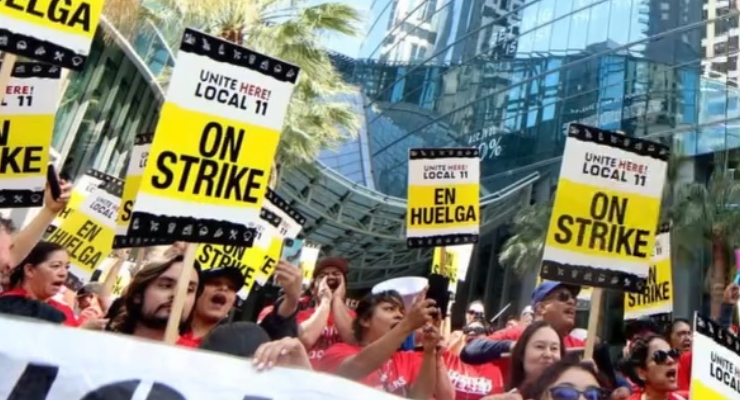A presentation on suicide numbers in the City of Pasadena by the Pasadena Public Health Department turned into what City Manager Steve Mermell apologetically called a “morbid” discussion on whether suicide victims would “land” on newly-built homes at the Desiderio Park housing development underneath the Colorado Street Bridge in the Arroyo Seco.
Sonya Yates, president of Habitat for Humanity in Pasadena, told the Committee that her local office has begun meetings of a suicide prevention task force that she said was in response to what she called the “changing needs of the new Desiderio Park” now that new low-income housing units will be located there.
“Before this new development, there was no park below the bridge, and now we’re going to have these good enhancements for the area, but they require special consideration for safety, on your part.”
Councilmember John Kennedy then gently asked Yates if the new residents are “located under the bridge in any way, so that people jumping or leaping from the bridge could actually land on one of the new residences?”
“That’s not true for the residences,” said Yates, “but it is true for the top part of the park and for the park users.”
Apologizing for the “morbid” discussion, City Manager Mermell also acknowledged a plan described by Yates for more landscaping to be built in the coming months underneath the bridge along the Arroyo Seco.
“This may dissuade would-be jumpers, if they knew there was a possibility that they might not achieve their desired result,” he said.
There would also be concrete parking spaces in the park underneath the bridge, said Yates.
Mermell then mentioned that netting underneath the bridge has been discussed by the City Council before, particularly by Councilmember Steve Madison, a member of the Committee who was not at the meeting, but that discussion has been held up because the bridge is a historic landmark.
Actually, while it retains a noted reputation for suicide attempts, Pasadena’s Colorado Street Bridge, nicknamed “Suicide Bridge” in the 1930s, has claimed only 2.5 deaths a year between 2006 and 2016.
In fact, between 2011 and 2015, Pasadena Police “talked down” 21 would-be jumpers, according to the presentation Wednesday evening by Michael Johnson, director of the Pasadena Public Health Department. There have been more than 150 deaths at the bridge since 1919, mostly in the 1930s, during the “Great Depression,” which represents a total of less than 0.65 attempts a year since its construction.
By comparison, according to San Francisco’s Bridge Rail Foundation, more than 1,600 people have leapt to their deaths from the Golden Gate Bridge since it opened in 1937.
In Pasadena, there have been 177 deaths due to suicide since 2006, with 27 involving the Colorado Street Bridge, Johnson reported. Age-adjusted, the suicide rate is 8.6 per 100,000 people, with a high of 20 in 2010, and a low of ten in 2016, through October of that year.
Of the 27 Colorado Street Bridge deaths reported, 70 percent of the victims have been male, averaged 40 years old, with 51 percent non-hispanic White and 37 percent White Hispanic. The deaths occurred in January, July, March, April, September and November. Most suicide attempts during that time have occurred in May, said Johnson.
Mermell also noted that he was aware of more than one victim actually surviving the fall.
Nationwide, suicide was the 10th leading cause of death in the United States, from the most recent count in 2013.
According to a Center for Disease Control and Prevention (CDC) report in 2015, there is no single cause, though risk factors for suicide include previous suicide attempts, a history of depression or other mental illness, alcohol or drug abuse, a family history of suicide or violence, physical illness, or feeling alone.
Of the144 male suicide deaths city-wide, the average age has been 46 years old, with a range from 18-94 years old. Of the 33 female deaths, the average age has been 47. Of the 119 White, non-hispanic deaths, average age has been 51, with firearms accounting for 28 percent of the deaths, trauma or blunt injury 21 percent, asphyxia 19 percent and hanging 14 percent.
Hispanics have accounted for 21 of the deaths reported, for 22 percent of the total. The average age is 35 years, and 88 percent of the hispanic suicide deaths have been male. Thirty-one percent succumbed to a fall or blunt trauma, 23 percent to a drug overdose, 15 percent to a firearm, and 15 percent to asphyxia.
During the discussion, Councilmember Tyron Hampton pressed Johnson for information on the possibility of followup visits to families of suicide victims, as well as a large-scale education program to possibly prevent more suicide deaths. Johnson noted that the department currently has such programs in effect on a smaller scale.
During his presentation, Johnson also provided a list of available crisis hotlines and organizations for those who may be considering taking their own lives:
National Suicide Hotlines:
- 1-800-SUICIDE (1-800-784-2433)
- 1-800-273-TALK (1-800-273-8255)
- Crisis Line (1-888-724-7240)
- 1-800-Don’t-Cut (1-800-399-8288)
- Didi Hirsch Suicide Prevention Center (877-727-4747) 24 hour line
- CrisisChat.org
- LAC Department of Mental Health: 1-800-854-7771
- LAC Suicide Prevention Center: 1-877-7CRISIS (1-877-727-4747)














 0 comments
0 comments


